Have you ever wondered how some animals seem to have a sixth sense when it comes to detecting danger? Their ability to sense threats from a distance can be as bewildering as it is impressive. It’s like these creatures are equipped with a biological radar, alerting them to predators, natural disasters, or changes in their environment. If you’re interested in learning about animals with these fascinating abilities, you’re in the right place. Let’s dive into the world of creatures that can smell danger from miles away.
1. African Elephants
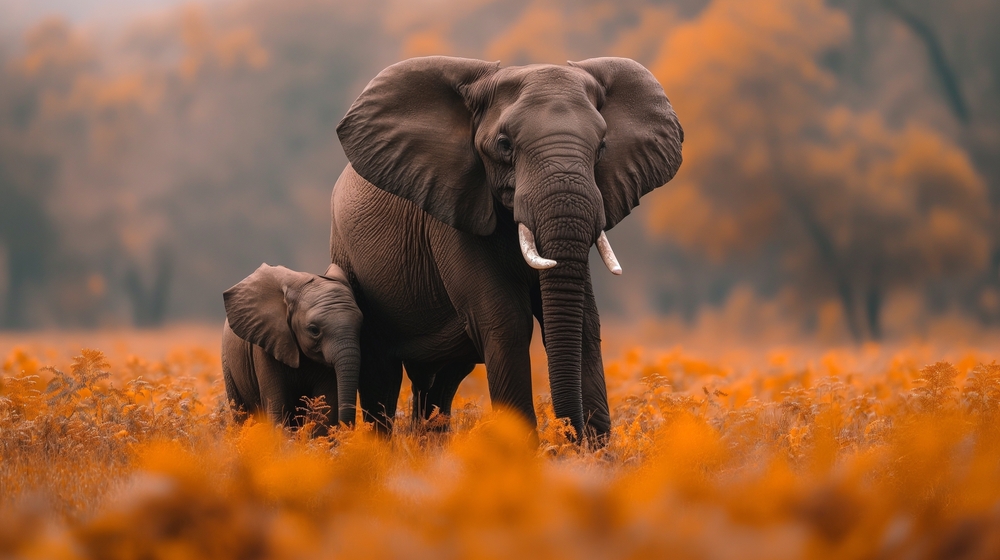
African elephants are renowned for their incredible sense of smell. Their trunks have more olfactory receptors than any other animal, giving them the ability to detect water sources from up to 12 miles away. This keen sense of smell also allows them to identify potential threats, such as predators or human encroachment. According to a study published in Science Advances, elephants can even distinguish between different human ethnic groups by scent, allowing them to avoid potential conflicts. With such an extraordinary sense of smell, it’s no wonder these gentle giants are so adept at navigating their wild habitats.
Despite their large size, elephants are often cautious and deliberate in their movements. They can sense danger through vibrations in the ground and changes in the wind. When they detect a threat, they communicate with each other using low-frequency rumbles that can travel long distances. This communication helps them coordinate a response, whether it’s retreating to safety or standing their ground. Their ability to smell danger and respond accordingly is a testament to their intelligence and adaptability.
2. Sharks
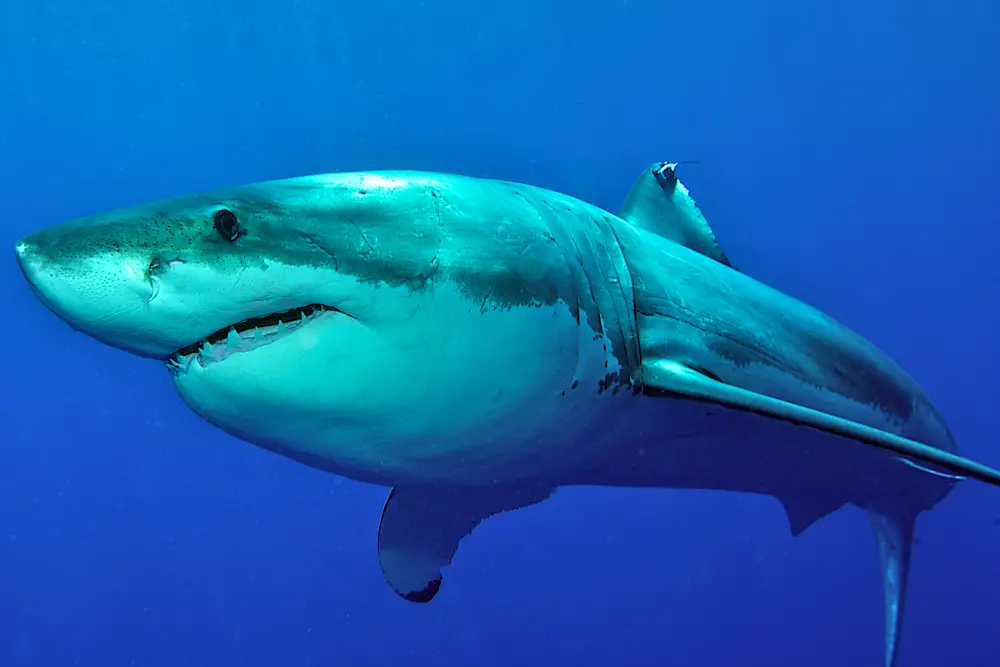
Sharks are the apex predators of the ocean, and their sense of smell is a big reason why. They have an acute olfactory system that allows them to detect a single drop of blood in an Olympic-sized swimming pool. This ability enables them to track injured prey from miles away, giving them a significant advantage in the hunt. Sharks can also sense chemicals released by other animals, helping them avoid larger predators or competitive threats. They are often misunderstood as mindless killers, but their heightened sense of smell makes them calculated and efficient hunters.
Despite their fearsome reputation, sharks are incredibly sensitive to changes in their environment. Their noses are filled with special organs called ampullae of Lorenzini, which can detect electrical fields produced by other animals. This sensitivity helps them navigate the vast ocean and identify potential threats or opportunities. Sharks have survived for millions of years thanks to their keen senses and adaptability. They are an essential part of marine ecosystems, playing a crucial role in maintaining balance.
3. Turkey Vultures
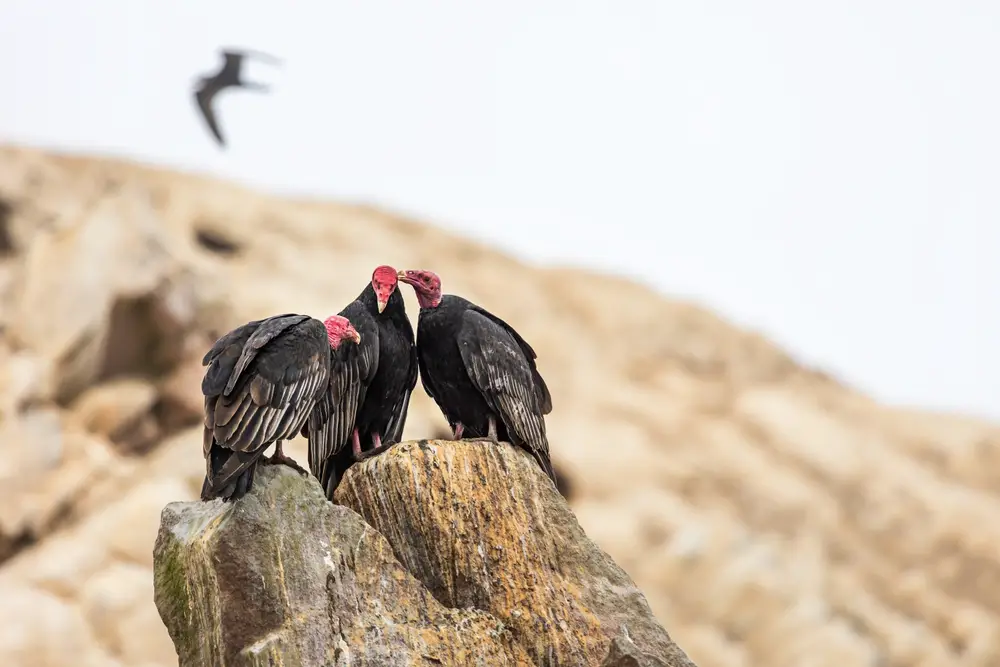
Turkey vultures are nature’s cleanup crew, and their sense of smell is vital for their survival. Unlike most birds, vultures rely heavily on their olfactory abilities to locate carrion. They can detect the gases produced by decomposing animals from miles away, guiding them to their next meal. According to Dr. Gary Graves, a research zoologist at the Smithsonian, turkey vultures have one of the most developed olfactory systems among birds. This keen sense of smell allows vultures to efficiently find food in their vast territories.
In addition to their adeptness at locating food, turkey vultures use their sense of smell to avoid danger. They are cautious birds, often circling high above potential threats to assess their surroundings before landing. Their large wingspan allows them to soar effortlessly, conserving energy while scanning the landscape below. Vultures also have excellent eyesight, which complements their sense of smell and helps them spot potential dangers from a safe distance. These combined abilities make them highly adapted scavengers, capable of thriving in a variety of environments.
4. Dogs
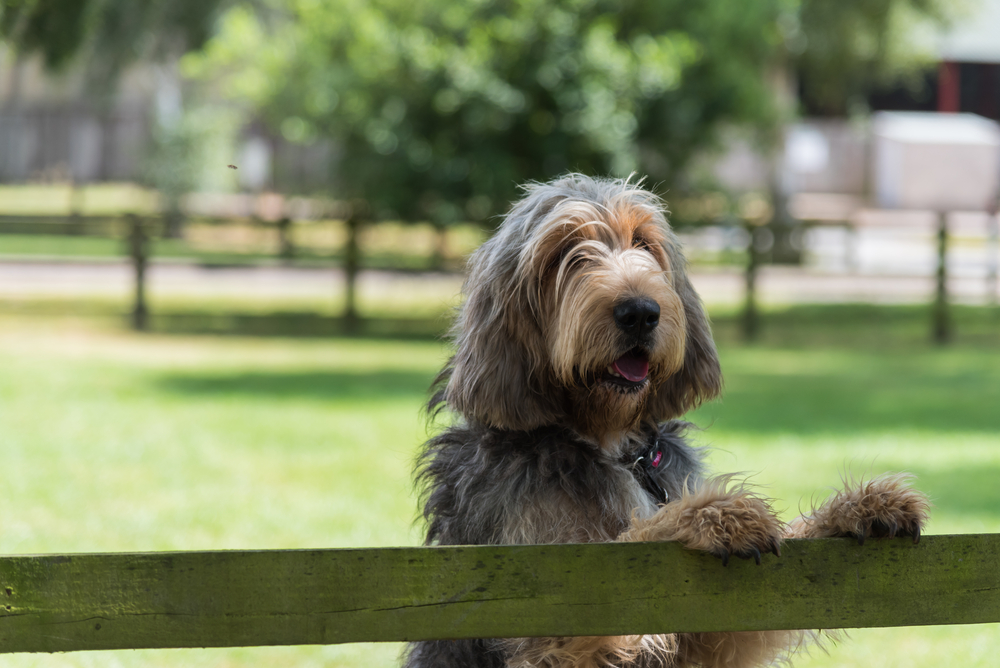
Dogs have been our companions for thousands of years, and their sense of smell is one reason why they’re so valuable. With up to 300 million scent receptors in their noses, dogs can detect scents that are undetectable to humans. This ability makes them excellent at locating lost individuals or detecting contraband. Beyond that, many dogs are trained to sense medical conditions, such as low blood sugar or impending seizures. Their strong sense of smell also allows them to assess potential dangers, making them reliable guardians and partners.
In the wild, a dog’s sense of smell helps them detect predators or find food sources. They use their noses to interpret the world around them, picking up on pheromones and other chemical signals. This ability to “see” through smell gives dogs an advantage in unfamiliar environments. Even domesticated dogs retain this powerful sense, which is why they often sniff around new places or people. Their olfactory skills are a testament to their evolutionary history as hunters and pack animals.
5. Snakes
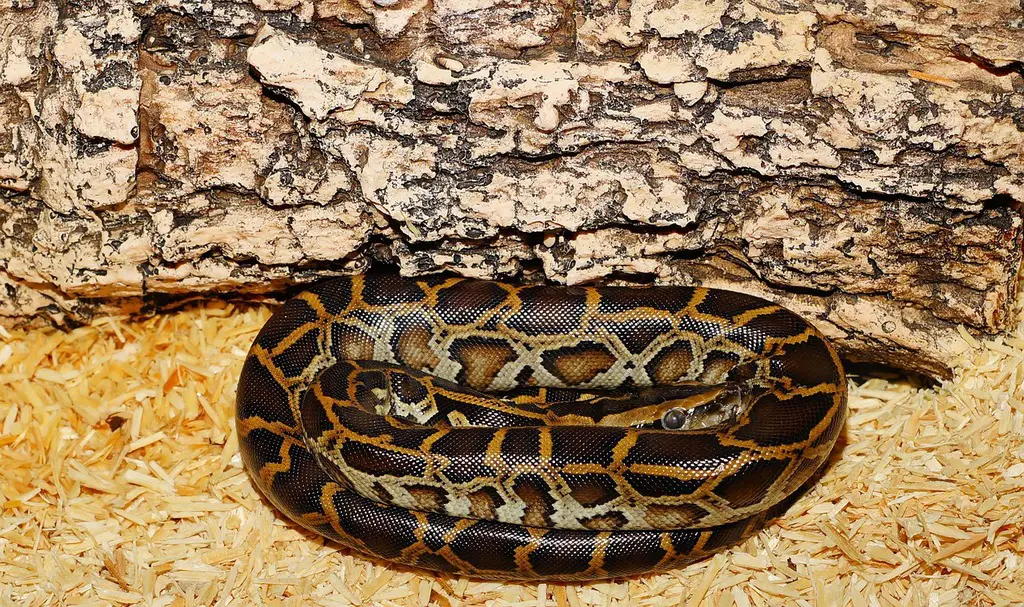
Snakes might seem like unlikely candidates for having a keen sense of smell, but they use their tongues to “taste” the air and detect chemical cues. This process, known as chemoreception, allows them to sense their surroundings and identify potential prey or predators. According to Dr. David Gower, a herpetologist at the Natural History Museum, snakes have highly evolved chemosensory systems. This ability is crucial for their survival, especially since many snakes rely on stealth and surprise to catch their prey. They can detect changes in their environment, giving them a heads-up when danger is near.
In the wild, snakes are often both predator and prey, so their ability to sense danger is essential. They are sensitive to vibrations and changes in temperature, which can alert them to the presence of other animals. Their forked tongues allow them to “smell” in stereo, providing directional information about the source of a scent. This heightened awareness makes them formidable hunters and cautious creatures. Despite their reputation, snakes are fascinating animals with complex sensory abilities that help them thrive in various ecosystems.
6. Bears
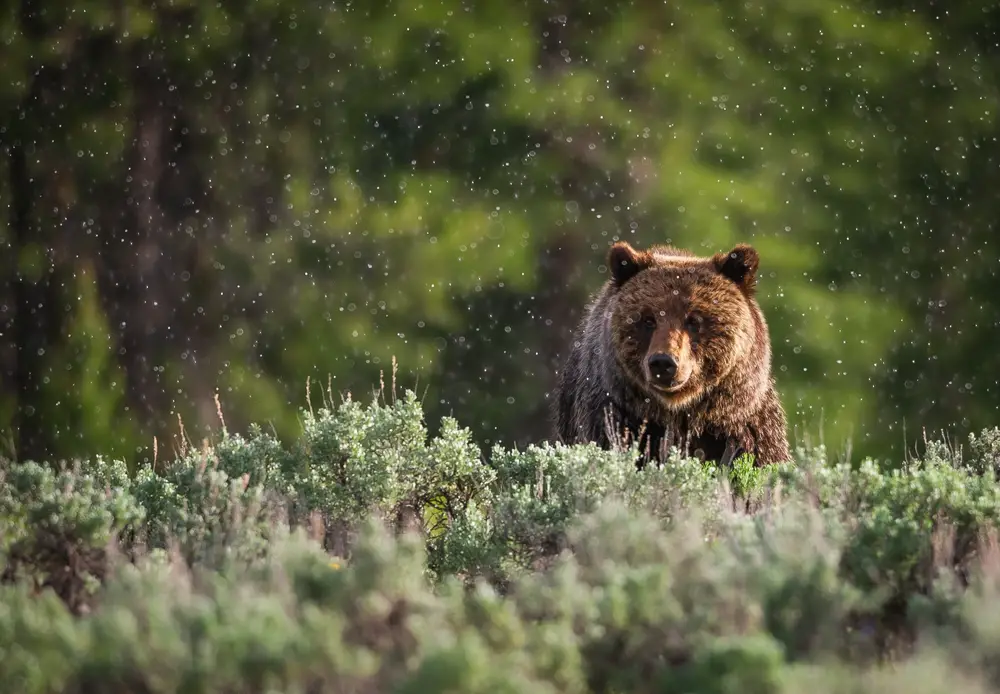
Bears have an extraordinary sense of smell, which is their most vital tool for finding food and avoiding danger. Their noses are so sensitive that they can detect a scent from over a mile away. This ability helps them locate food, such as berries, fish, or carrion, even when it’s hidden beneath layers of snow or earth. Bears rely on their keen sense of smell to navigate their vast territories, avoiding potential dangers and seeking out safe places to rest or hibernate. Their olfactory prowess is one reason why bears are such successful survivors in the wild.
In addition to finding food, bears use their sense of smell to communicate with each other. They leave scent marks by rubbing their bodies against trees or leaving scat in strategic locations. These scent messages convey information about their identity, reproductive status, and territorial boundaries. This olfactory communication helps bears avoid unnecessary conflicts, ensuring a more peaceful coexistence with their neighbors. Their ability to smell danger and understand their environment is a testament to their adaptability and intelligence.
7. Honeybees
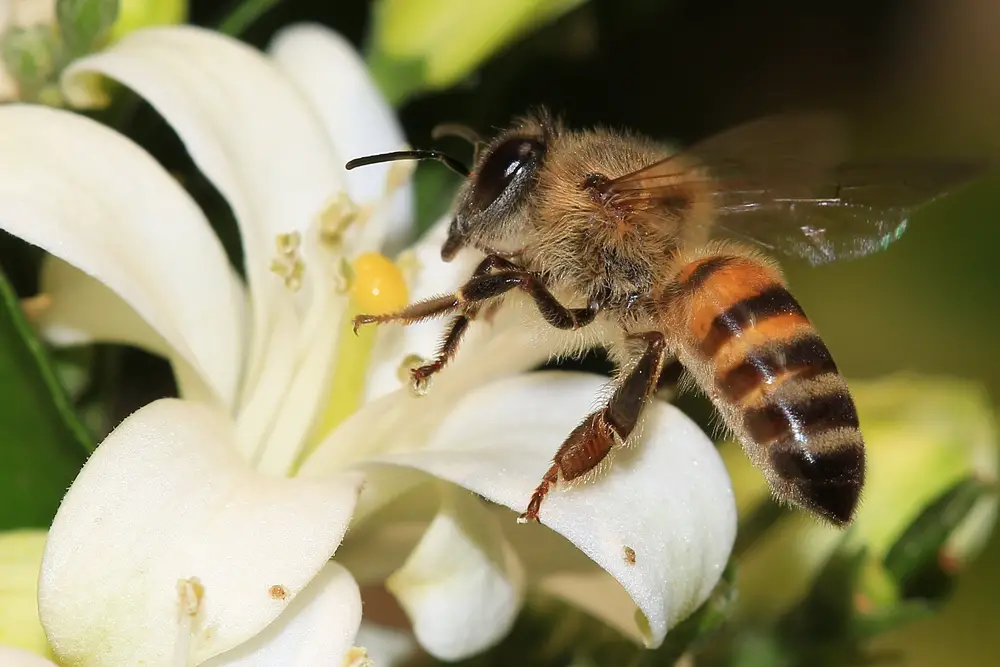
Honeybees are tiny but mighty, with a sense of smell that is crucial for their survival. They use their antennae to detect pheromones and other chemical signals, which help them find flowers and communicate with their hive. Honeybees can distinguish between different floral scents, allowing them to locate the best sources of nectar. According to a study by Dr. James Nieh, a bee communication expert, honeybees also use their sense of smell to detect alarm pheromones released by their hive-mates when danger is near. This ability allows them to respond quickly to threats and protect their colony.
In addition to their impressive sense of smell, honeybees are highly social creatures. They work together to gather food, care for their young, and defend their hive. This cooperation is vital for their survival, and their sense of smell plays a key role in organizing these activities. When they detect a threat, honeybees release alarm pheromones to alert their fellow bees. This rapid communication system helps them mobilize and defend their hive against predators or other dangers, ensuring the colony’s continued success.
8. Pigeons
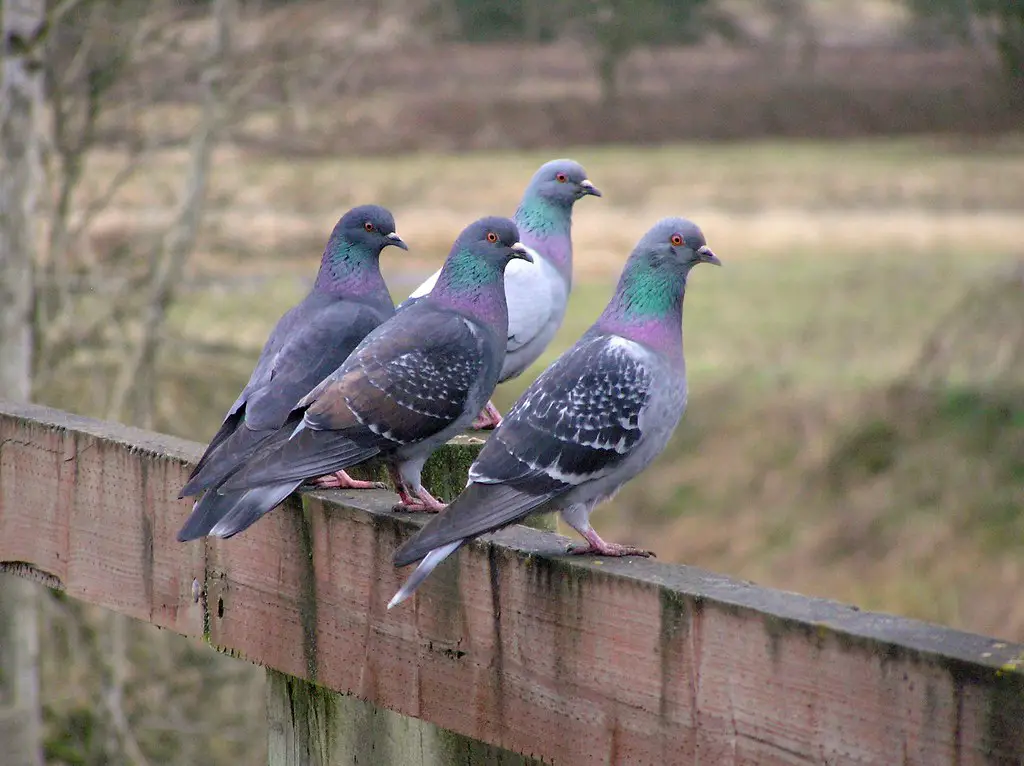
Pigeons might seem like ordinary city-dwellers, but their sense of smell is anything but ordinary. These birds have a remarkable ability to navigate over long distances, using their sense of smell to help them find their way home. They can detect atmospheric odors and use them as cues to guide their flight. This olfactory navigation system is one reason why pigeons have been used as messengers for centuries. Their ability to smell their way across vast distances makes them exceptional navigators, even in unfamiliar environments.
In addition to their navigational skills, pigeons use their sense of smell to find food and avoid predators. They can detect the scent of food sources and identify safe places to forage. Pigeons are also highly social animals, often traveling in flocks to enhance their safety. Their keen sense of smell helps them communicate with each other, ensuring a coordinated response to potential threats. Despite their reputation as common city birds, pigeons possess complex sensory abilities that make them fascinating creatures.
9. Raccoons

Raccoons are known for their curiosity and resourcefulness, and their sense of smell plays a significant role in these traits. Their noses are highly sensitive, allowing them to locate food and identify potential threats in their environment. Raccoons are omnivores, meaning they eat a wide variety of foods, and their sense of smell helps them find everything from insects to fruit. This adaptability is key to their survival in both urban and rural areas. Their keen sense of smell also aids in avoiding predators, making raccoons adept at navigating the dangers of their habitats.
In addition to finding food, raccoons use their sense of smell for communication. They leave scent marks to establish territory and convey information to other raccoons. This olfactory communication helps them avoid conflicts and maintain social structures within their communities. Raccoons are also known for their intelligence and problem-solving abilities, which are enhanced by their acute sense of smell. By using their noses to understand their environment, raccoons can make informed decisions that increase their chances of survival.
10. Moths
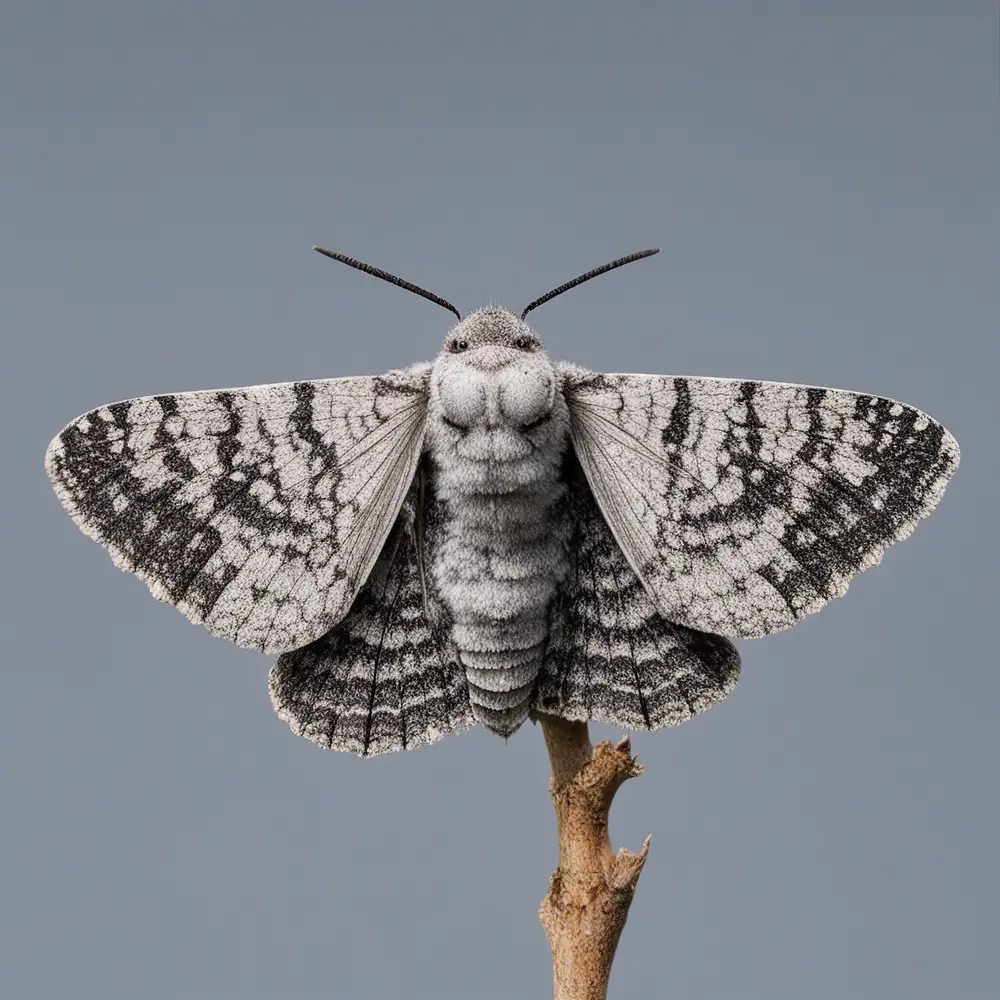
Moths might be small and delicate, but their sense of smell is incredibly powerful. Male moths, in particular, use their antennae to detect pheromones released by females from miles away. This ability is crucial for finding mates and ensuring the continuation of their species. Moths can also detect plant scents, which helps them locate food sources such as nectar. Their sense of smell is so finely tuned that they can differentiate between various plant species, allowing them to target the most rewarding flowers.
In addition to finding mates and food, moths use their sense of smell to avoid predators. They can detect chemical cues released by plants when they are under attack, which can indicate the presence of herbivores or other threats. This information helps moths make strategic decisions about where to feed and lay their eggs. Despite their small size, moths play a significant role in pollination and are an essential part of many ecosystems. Their ability to smell danger and opportunities alike makes them remarkably adapted to their environments.
11. Wolves
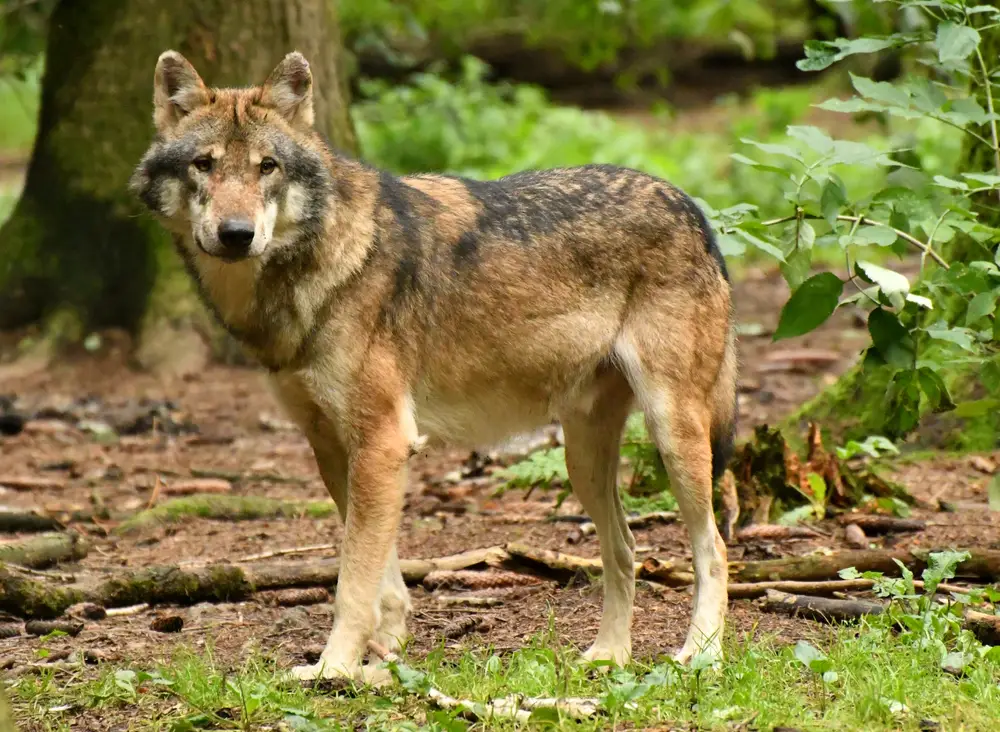
Wolves are known for their keen senses, and their sense of smell is particularly exceptional. They use their noses to track prey, identify pack members, and navigate their territories. Wolves have up to 200 million scent receptors, allowing them to detect scents that are undetectable to humans. This ability gives them a significant advantage when hunting, as they can follow the scent of a potential meal for miles. Their strong sense of smell also helps them identify and avoid potential dangers, ensuring the safety of the pack.
In addition to hunting, wolves use their sense of smell for social communication. They leave scent marks to define their territory and convey information about their identity and reproductive status. These olfactory messages help maintain the social structure of the pack and prevent conflicts with rival groups. Wolves are highly intelligent and cooperative animals, and their sense of smell is central to their survival strategy. By understanding their environment through scent, wolves can thrive in a variety of challenging habitats.
12. Bats
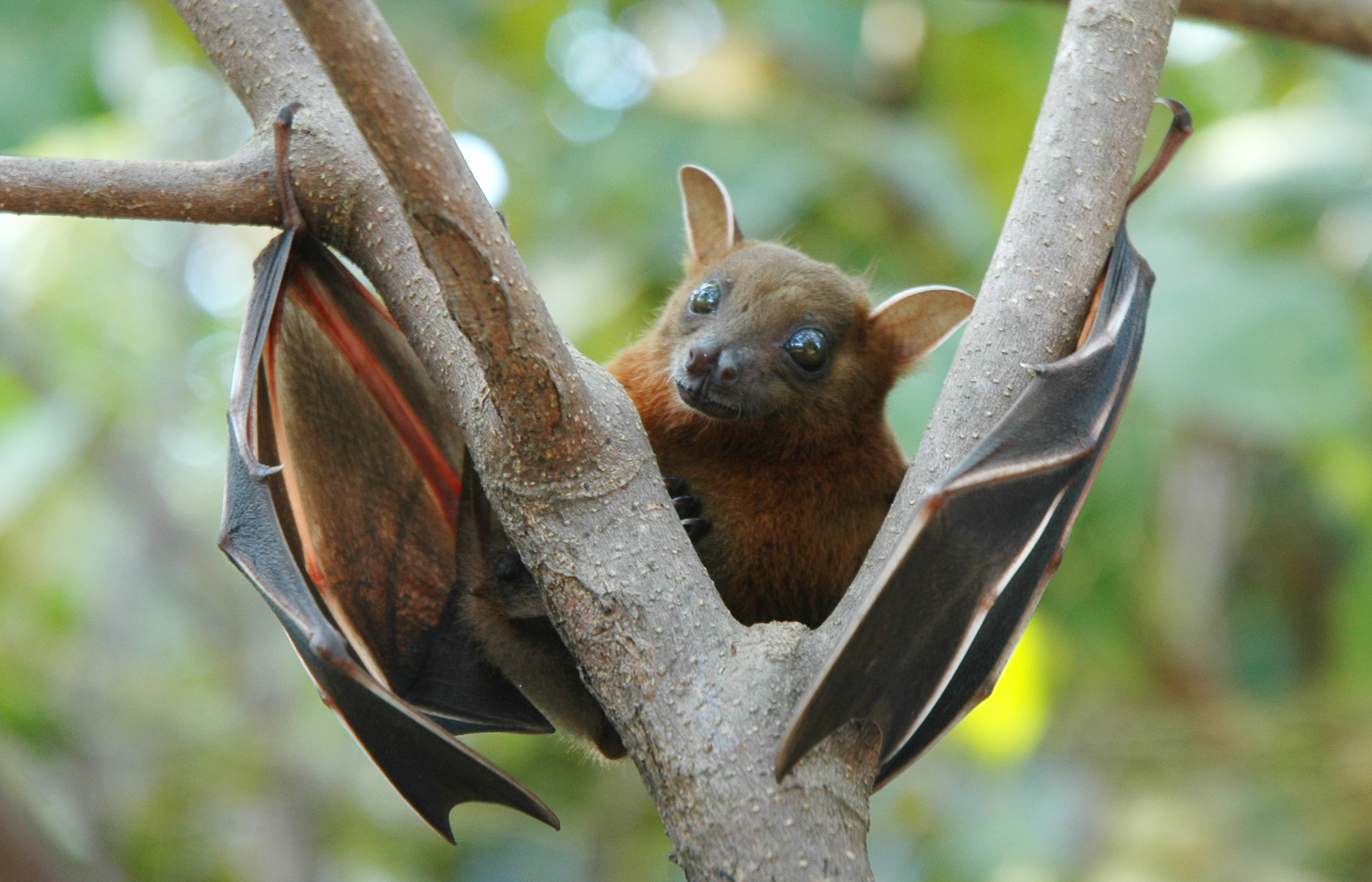
Bats might be known for their echolocation abilities, but their sense of smell is also remarkably developed. They use their noses to locate food, such as fruit or insects, and navigate their environment. Fruit bats, in particular, have a keen sense of smell that helps them find ripe fruit, which is crucial for their diet. Bats can also detect chemical cues released by plants, which guide them to the best feeding sites. Their sense of smell complements their echolocation abilities, providing them with a comprehensive understanding of their surroundings.
In addition to finding food, bats use their sense of smell for social interactions. They can recognize the scent of their roost-mates and use olfactory cues to communicate with each other. This social communication is vital for coordinating group activities, such as foraging or caring for young. Bats are highly social creatures, and their sense of smell helps maintain the cohesion of their colonies. Despite their nocturnal habits and elusive nature, bats are essential pollinators and seed dispersers, playing a crucial role in many ecosystems.
13. Rats
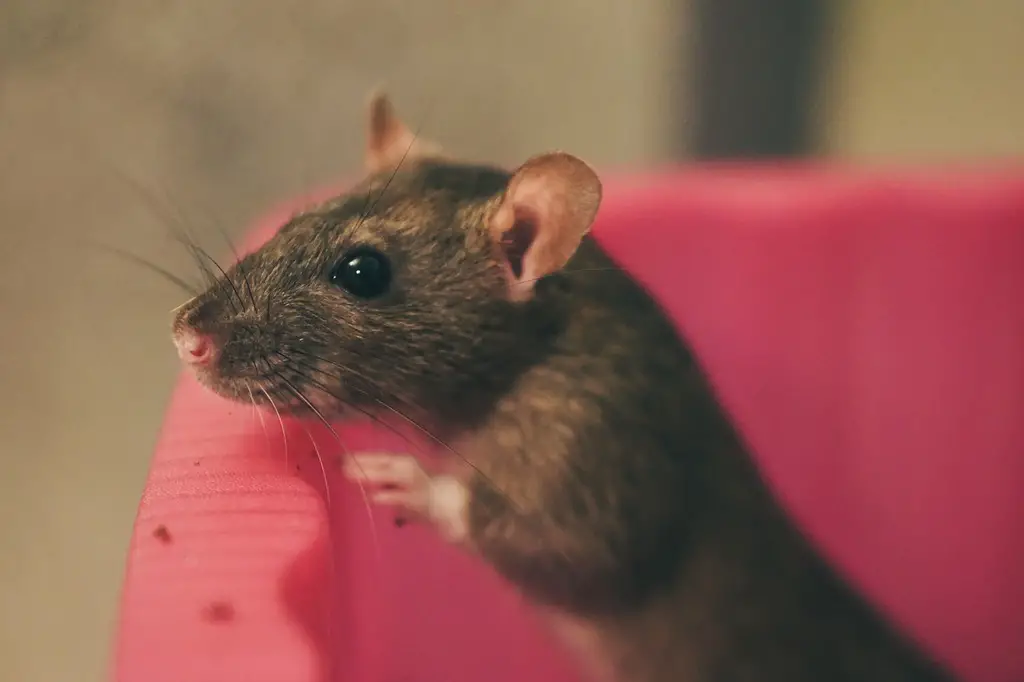
Rats are often underestimated, but their sense of smell is one of their most impressive attributes. They use their noses to find food, avoid predators, and navigate complex environments. Rats have an excellent ability to detect scents, allowing them to identify safe paths and avoid potential dangers. This keen sense of smell also makes them highly adaptable, thriving in a variety of habitats, from urban areas to rural landscapes. Rats are opportunistic feeders, and their olfactory skills help them locate diverse food sources.
In addition to finding food, rats use their sense of smell for social communication. They leave scent marks to establish territory and convey information to other rats. These olfactory messages help maintain social structures and prevent conflicts within rat communities. Rats are intelligent and social animals, and their sense of smell plays a crucial role in their survival strategies. Despite their reputation as pests, rats are fascinating creatures with complex sensory abilities that enable them to thrive in challenging environments.
